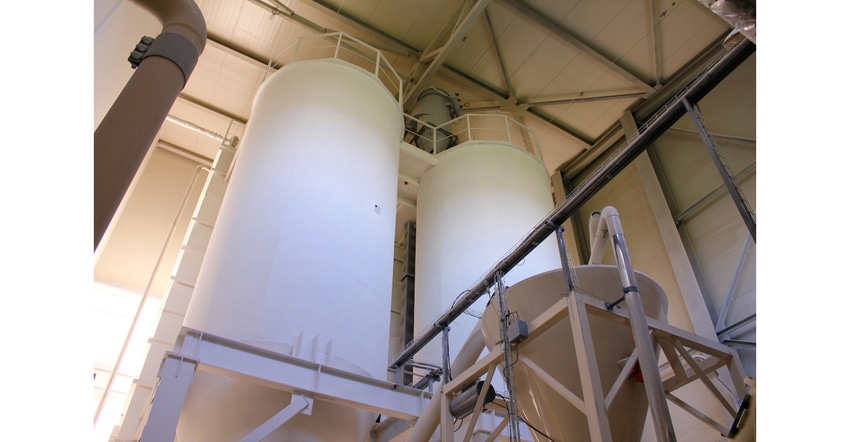From Dust to Dough: Mastering Flour Level Challenges in Silos
Achieving precise level measurements requires careful consideration of the diverse nature of flours and the selection of appropriate level measurement technologies.
March 11, 2024

Flour--a key ingredient in a myriad of delicious creations--poses unique challenges when it comes to accurately measuring levels in silos. Flour mills often contend with variations in flour characteristics due to factors like crop differences, seasonal changes, and environmental conditions. Achieving precise level measurements requires careful consideration of the diverse nature of flours and the selection of appropriate level measurement technologies.
Understanding Flour Variances
The characteristics of flour--including season, harvest, mesh, bleaching, and maturing agents--significantly impact its composition. These variations influence how flour settles or flows out of silos, necessitating careful monitoring. Additionally, the pneumatic filling method generates dust, and varying humidity levels can affect bulk density and lead to potential buildup on measuring devices, particularly those using a contacting principle for material level determination.
Identifying Problematic Signs
To streamline accurate level measurements, be vigilant for signs indicating potential issues. Conditions such as flour packing, high angles of repose, bridging, rat holing, wall buildup, and excessive dust during filling can guide the selection of appropriate level measurement instruments.
Choosing the Right Level Technology
Handling multiple types of flour requires a thoughtful approach to selecting level measurement technologies. Consider factors such as how easily the flour packs, its angle of repose, and whether it exhibits bridging or ratholing. Seasonal variations and dust levels during filling should also be considered.
Technology Selection
In dusty environments, high-frequency non-contact radar transmitters (e.g. 80 GHz) are effective. Contacting technologies may require more maintenance if flour buildup is a concern, while guided wave radar can be suitable if aeration affects bulk density, posing a challenge for non-contacting technologies. Laser or acoustic energy-based technologies may face challenges in very dusty conditions and may not be the optimal choice for these types of level applications and the same can be said for acoustic level technologies.
Mass Flow Design Considerations
One often-overlooked factor in accurate flour level measurements is silo design. Bulk powders--like flour--may not flow properly in silos designed for channel flow fashion. Silos designed for mass flow, ensuring uniform material flow across the entire cross-section, are essential for reliable level measurements. Channel flow can lead to rat holing and impede the reliability of both contacting and non-contacting technologies.
Mystery Solved
In conclusion, achieving precise flour level measurements involves more than just selecting the right technology. Silo design plays a crucial role, especially for cohesive materials like flour. A silo designed for mass flow, coupled with an understanding of flour behavior and suitable process instrumentation, leads not only to improved automation and control but also to better recipes.
Key Takeaway: When dealing with diverse flour types, meticulous consideration of flour properties, proper technology selection, and silo design for mass flow are essential for accurate level measurements and improved process efficiency.
Herman Coello is the level marketing manager for Siemens Industry Inc. Based in Arlington, TX. Coello is responsible for business development and marketing of radar, guided wave radar, and ultrasonic level instruments. His experience with level instrumentation spans more than 29 years. For more information, call 817-412-9667, email [email protected], or visit www.siemens.com/us/en.
You May Also Like


